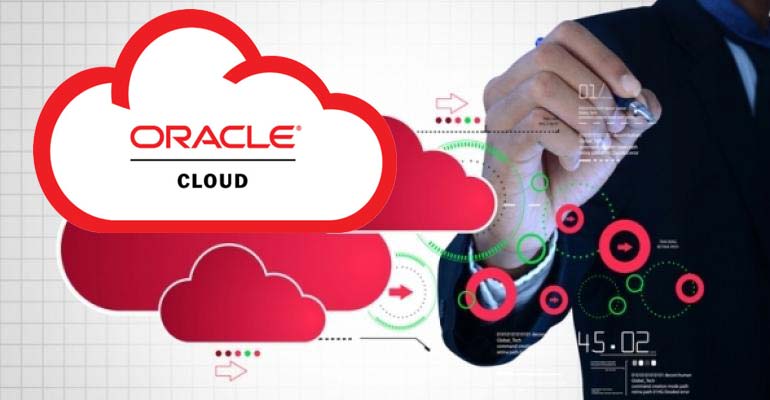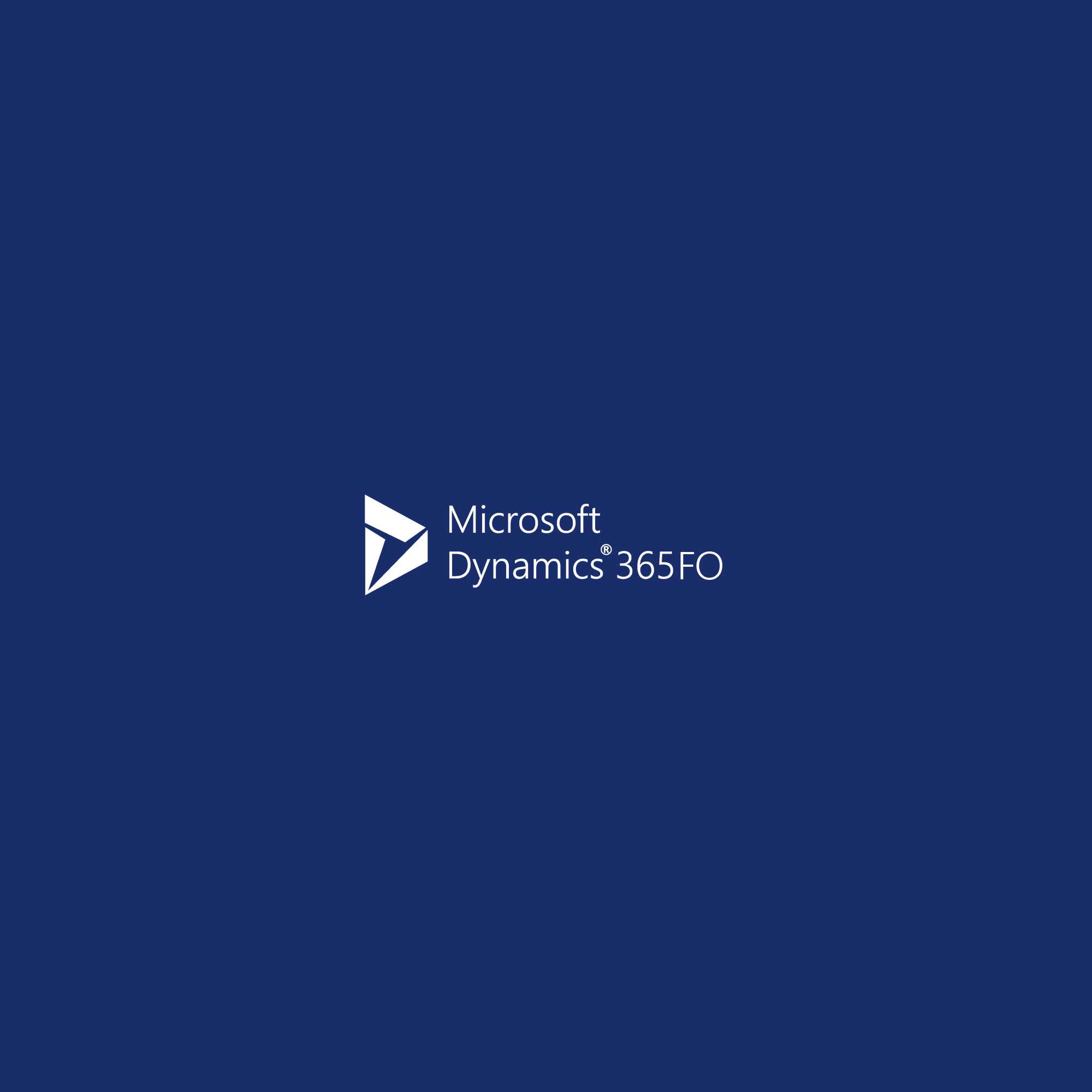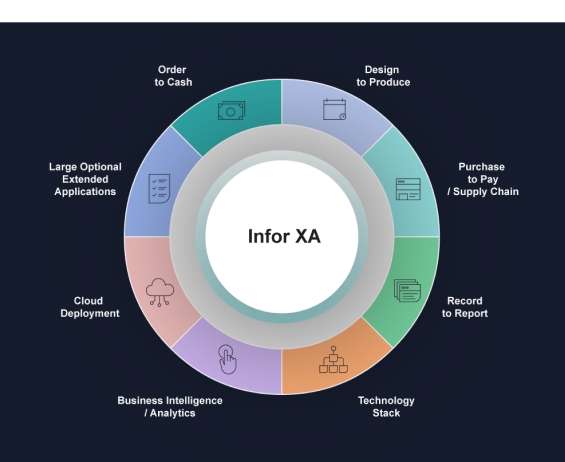Description
Introduction to Oracle On-Prem Applications
Oracle On-Premises applications are a suite of enterprise software solutions provided by Oracle Corporation that are installed and managed within the physical infrastructure of an organization’s own data center. These applications cover a wide range of business functions, including enterprise resource planning (ERP), customer relationship management (CRM), supply chain management (SCM), human capital management (HCM), and more. Unlike cloud-based solutions, Oracle On-Prem applications give organizations greater control over their infrastructure, security, and customization. While cloud solutions are growing rapidly, many companies still rely on on-prem applications due to their existing IT infrastructure, data governance requirements, or compliance regulations.
Prerequisites
- Basic Knowledge of IT Infrastructure: Understanding the requirements for hardware, storage, and networking needed to support on-prem applications.
- Database Administration Skills: Familiarity with Oracle databases and their configuration.
- Experience with Oracle Applications: Understanding the specific Oracle modules like ERP, CRM, SCM, or HCM that may be used in the organization.
- System Integration Knowledge: Ability to integrate on-prem Oracle applications with other business systems, such as legacy systems or third-party tools.
- Security and Compliance Awareness: Knowledge of best practices for securing on-prem applications and ensuring regulatory compliance.
Table of Contents
- Introduction to Oracle On-Prem Applications
1.1 Overview of On-Prem Application Deployment
1.2 Key Features and Benefits of On-Prem Solutions
1.3 Oracle On-Prem Applications vs Cloud Solutions
1.4 Oracle On-Prem Application Architecture - Oracle On-Prem ERP (Enterprise Resource Planning)
2.1 Introduction to Oracle ERP
2.2 Key Modules in Oracle On-Prem ERP (Financials, Procurement, Order Management)
2.3 Benefits of On-Prem Oracle ERP(Ref: Oracle Exadata&GoldenGate Mastery)
2.4 Customization and Integration of Oracle ERP
2.5 Implementation Best Practices - Oracle On-Prem CRM (Customer Relationship Management)
3.1 Introduction to Oracle CRM
3.2 Sales, Marketing, and Customer Service Modules in Oracle CRM
3.3 Benefits and Use Cases for Oracle CRM
3.4 Integrating Oracle CRM with Other Systems
3.5 Data Management and Reporting in Oracle CRM - Oracle On-Prem SCM (Supply Chain Management)
4.1 Introduction to Oracle SCM(Ref: Life Insurance and Annuities concepts and Oracle Insurance policy admin)
4.2 Key Modules: Inventory, Procurement, Logistics
4.3 Managing Supply Chains with Oracle On-Prem SCM
4.4 Benefits of Oracle SCM for Large Enterprises
4.5 Integrating SCM with ERP and Financial Systems - Oracle On-Prem HCM (Human Capital Management)
5.1 Introduction to Oracle HCM
5.2 Core Modules: Core HR, Payroll, Talent Management
5.3 Benefits of On-Prem Oracle HCM
5.4 Implementing and Customizing Oracle HCM
5.5 Oracle HCM Integration with Other Applications - Oracle On-Prem Financial Management
6.1 Managing Financial Processes with Oracle On-Prem
6.2 Financial Reporting and Consolidation
6.3 Managing Taxes, Compliance, and Regulations
6.4 Optimizing Cash Flow and Working Capital
6.5 Integrating Financial Management with Other Oracle Modules - Oracle On-Prem Database Management
7.1 Introduction to Oracle Database
7.2 Deploying Oracle Database for On-Prem Applications
7.3 Database Architecture and Configuration
7.4 Backup, Recovery, and Disaster Recovery Planning
7.5 Performance Tuning and Optimization for Oracle Database - Security and Compliance in Oracle On-Prem Applications
8.1 Securing Oracle On-Prem Solutions
8.2 Managing User Access and Roles
8.3 Data Encryption and Secure Data Storage
8.4 Compliance with Global Standards (GDPR, SOX, HIPAA)
8.5 Regular Auditing and Reporting for Compliance - Integration with Other Systems and Middleware
9.1 Integrating Oracle On-Prem Applications with Legacy Systems
9.2 Using Oracle SOA Suite and Middleware for Integration
9.3 Data Synchronization Between Oracle and Third-Party Systems
9.4 Cloud Integration with Oracle On-Prem Applications
9.5 Leveraging APIs for System Connectivity - Performance Management and Optimization
10.1 Monitoring Oracle On-Prem Applications Performance
10.2 Capacity Planning and Scalability for On-Prem Applications
10.3 Identifying and Resolving Performance Bottlenecks
10.4 Application Performance Tuning
10.5 Regular Maintenance and System Updates - Implementation and Deployment of Oracle On-Prem Applications
11.1 Steps for Successful On-Prem Application Deployment
11.2 Managing Data Migration to On-Prem Systems
11.3 User Training and Change Management
11.4 Testing and Quality Assurance for Oracle On-Prem Apps
11.5 Post-Deployment Support and Maintenance - Troubleshooting and Support for Oracle On-Prem Applications
12.1 Common Issues and Troubleshooting Tips
12.2 Using Oracle Support for Issue Resolution
12.3 Regular Maintenance and Monitoring Tools
12.4 Oracle Documentation and Knowledge Base
12.5 Accessing Community Forums and Expert Resources
Conclusion
Oracle On-Prem applications provide a robust suite of business solutions that give organizations complete control over their infrastructure, data security, and compliance. While these solutions require significant resources for deployment and management, they are highly customizable and can be tailored to meet the specific needs of businesses, particularly those with complex operations and strict governance requirements. The flexibility to manage applications within the organization’s data center allows businesses to maintain their existing IT architecture and optimize performance in a way that is aligned with their operational objectives. Oracle’s range of on-prem applications, from ERP to HCM, SCM, and CRM, enables businesses to integrate, optimize, and scale their processes effectively. By leveraging Oracle’s extensive capabilities in database management, security, and performance optimization, organizations can ensure the long-term success and efficiency of their on-prem applications.







Reviews
There are no reviews yet.